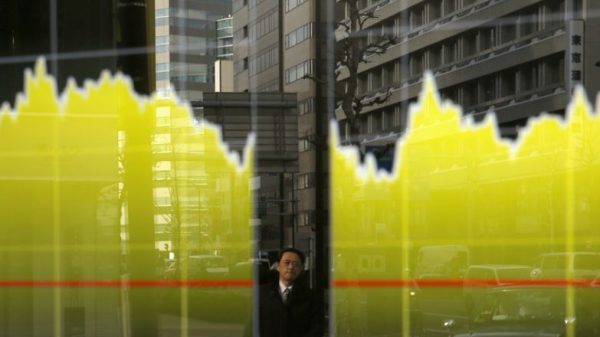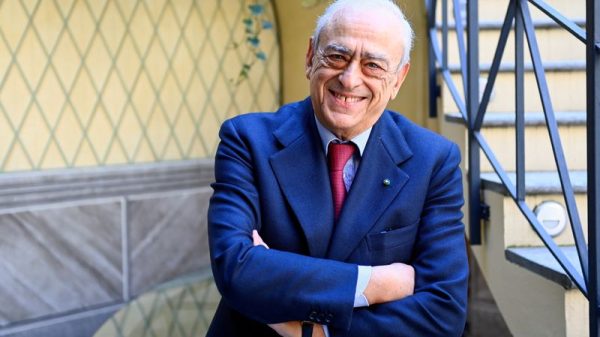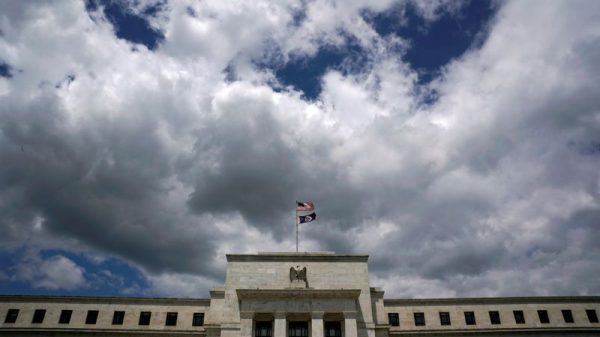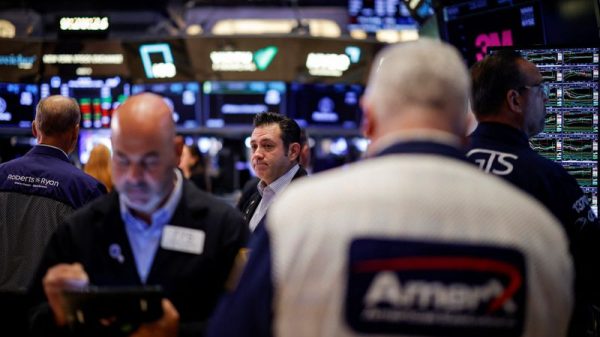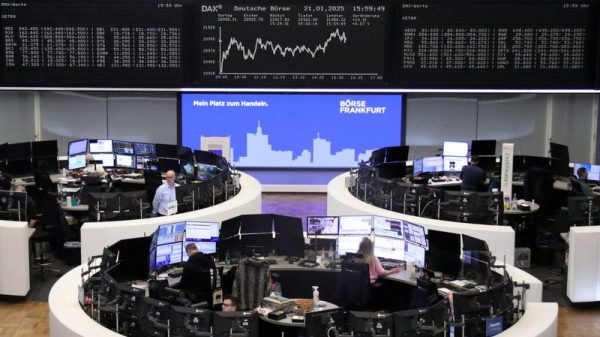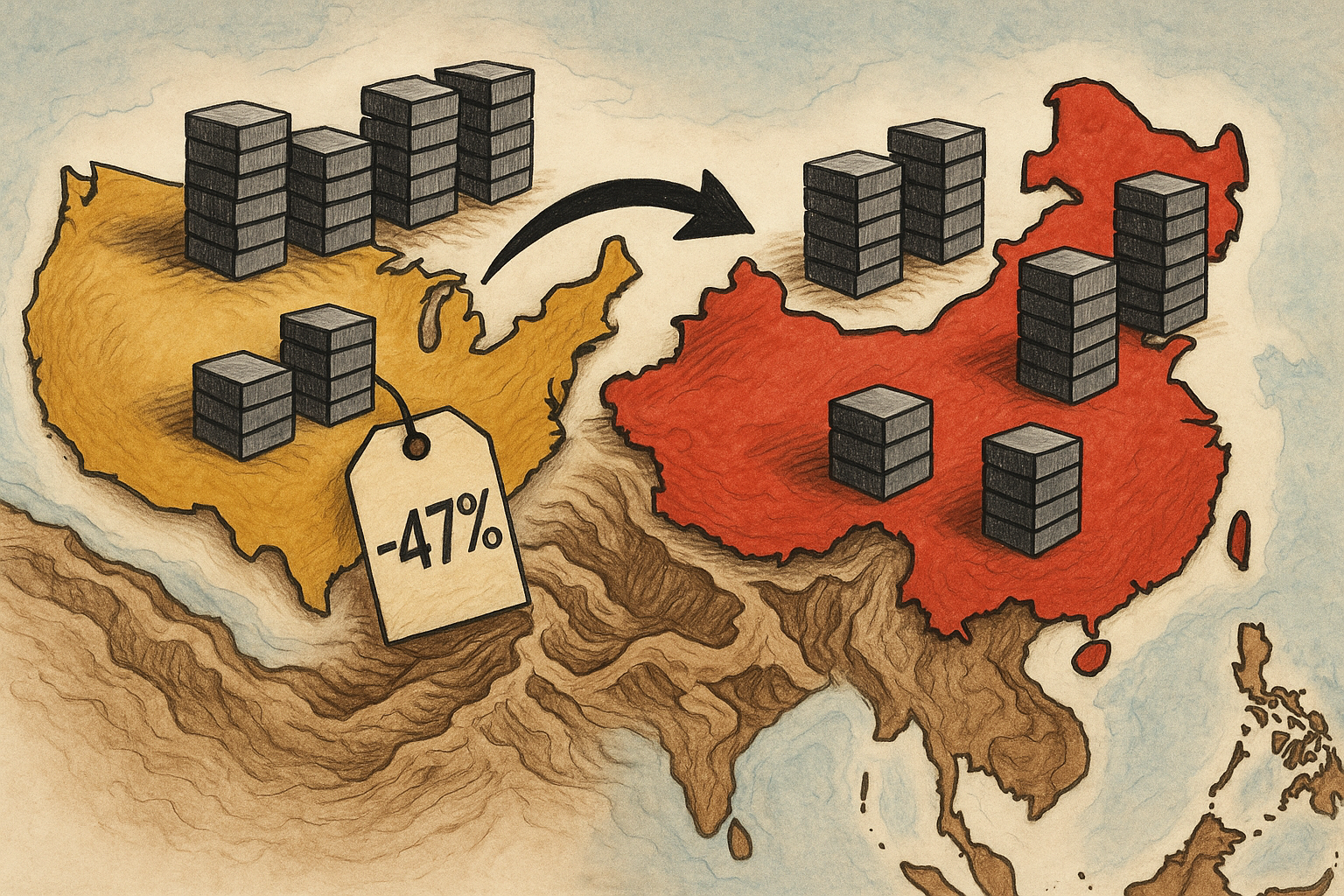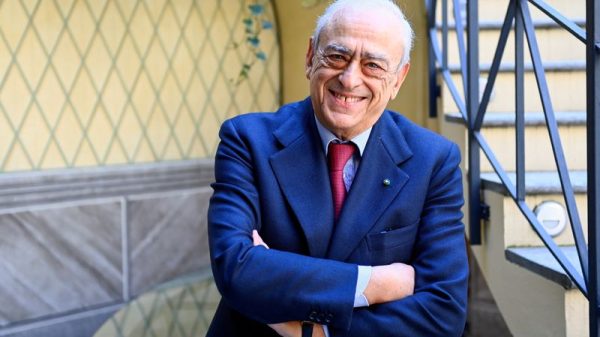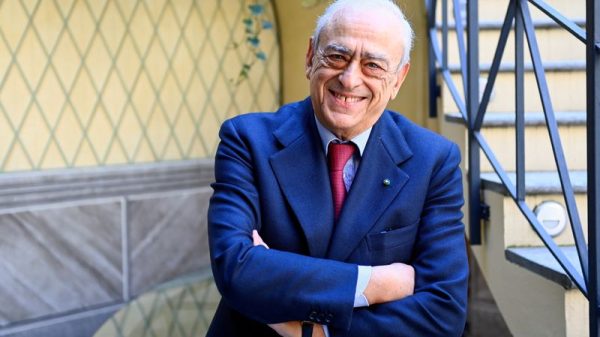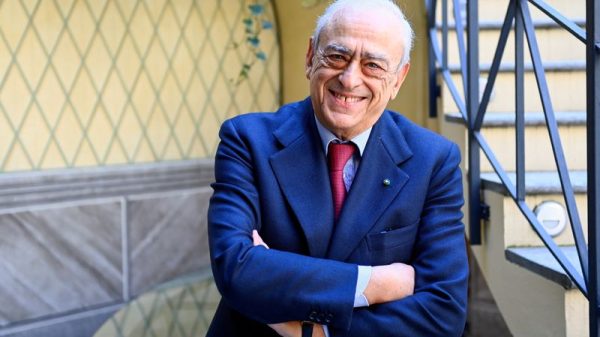The United States has announced a major recalibration in its trade relationship with China, cutting tariffs on Chinese imports to 47% from 57%.
The decision followed President Donald Trump’s meeting with Chinese President Xi Jinping in Busan, South Korea — their first since Trump’s return to office.
The talks resulted in a framework agreement under which China will resume large-scale imports of American soybeans and maintain rare-earth mineral exports under a one-year renewable deal.
Beijing also agreed to intensify efforts to curb precursor chemicals used in the production of fentanyl. Washington, in turn, will halve tariffs on fentanyl-related imports to 10%.
The agreement follows months of escalating trade tension and comes days after both leaders confirmed their intention to continue formal discussions in 2025.
47% tariff cut: a calculated middle ground
The 47% tariff level reflects a strategic compromise — easing pressure on Chinese exporters while allowing Washington to retain significant leverage in ongoing negotiations.
Earlier this year, the US imposed sweeping 10% duties on all Chinese imports under a national emergency order linked to fentanyl trafficking.
Beijing retaliated with tariffs on US agricultural and energy products, while tightening exports of rare-earth materials critical for high-tech manufacturing.
By spring, mutual duties had soared beyond 100% in some sectors, crippling global supply chains. The latest rollback partially reverses those measures and delays the 100% tariff increase the US had threatened for November.
It also suspends additional port and shipping fees previously imposed under Section 301, which had strained logistics on both sides.
Rare-earth deal stabilises global supply chains
A central element of the agreement is the one-year renewable deal for China’s rare-earth exports, which ensures continued supply of minerals vital to sectors ranging from defence and electronics to electric vehicles.
China dominates more than 80% of the global rare-earth processing market and had earlier restricted exports through tighter licensing controls.
The new framework temporarily lifts those curbs, providing breathing space for US manufacturers dependent on neodymium and other magnetic materials.
However, because the deal must be renewed annually, it also gives Beijing a key bargaining tool in future negotiations.
China’s decision to resume soybean purchases from the US adds a second stabilising factor. The country had sharply reduced imports during the tariff war, disrupting American agriculture.
Renewed orders could offer a short-term boost to US farmers hit hardest by retaliatory measures.
Fentanyl control and technology limits
In a parallel agreement, China pledged to strengthen monitoring of precursor chemicals used in the production of fentanyl, a synthetic opioid that has driven a deadly epidemic in the US.
In exchange, Washington reduced tariffs on fentanyl-linked Chinese imports from 20% to 10%.
However, the summit left technology trade largely unresolved. While semiconductor access was discussed, Trump confirmed that Nvidia’s advanced “Blackwell” chips were excluded from the talks.
Broader issues such as intellectual property rights, Taiwan, and long-term industrial subsidies were also omitted from the agenda, suggesting a focus on immediate economic relief rather than structural reform.
The year ahead: cooperation under review
The agreement establishes a pattern of annual renegotiation and reciprocal visits, with Trump scheduled to travel to China in April and Xi to visit the US later in 2025.
Experts say this marks a deliberate shift from open confrontation to managed engagement.
For global markets, the reduction in tariffs and reopening of rare-earth trade offer short-term relief after months of uncertainty.
Asian equities edged higher following the announcement, while US manufacturers and agricultural exporters welcomed the easing of restrictions.
Yet the 47% tariff rate also underscores that full normalisation remains distant. The two superpowers have chosen pragmatism over reconciliation, laying the groundwork for cooperation while keeping economic and geopolitical leverage intact.
The post US cuts tariffs on China to 47% in new pact, easing trade tensions appeared first on Invezz

